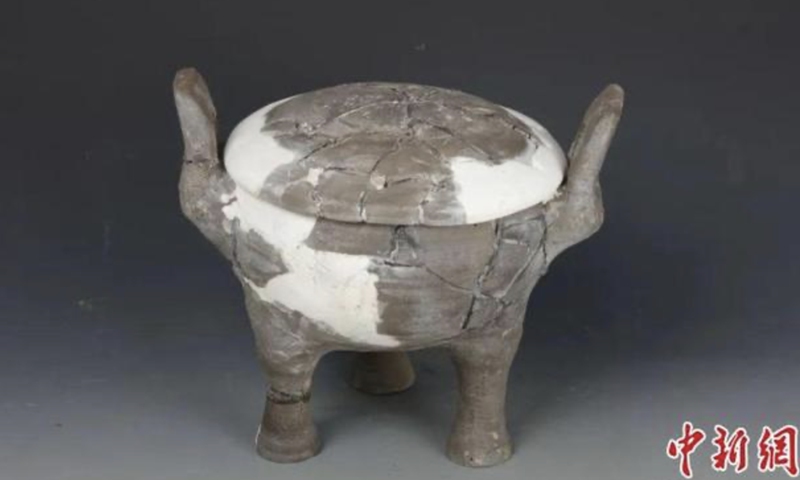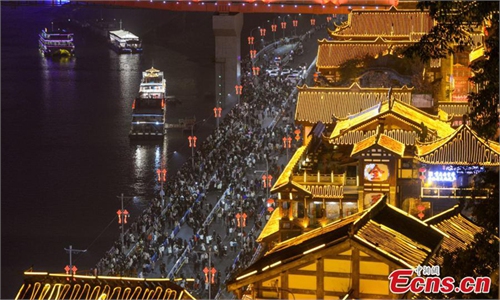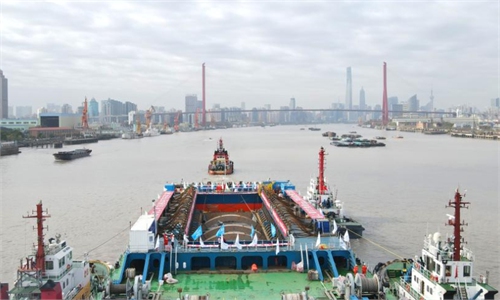ARTS / CULTURE & LEISURE
321 Eastern Zhou tombs found in Shanxi, indicating agricultural-nomadic fusion

Photo: screenshot from website
Archaeologists have found 321 tombs and burial artifacts with transregional traits dating back to Eastern Zhou Dynasty (770BC-256BC) in Houzhai village in North China's Shanxi Province, said the local archaeological institution on Thursday.The pottery relics, which exhibit both distinctive agricultural and nomadic traits, suggest a steady social integration during the Eastern Zhou, a period of frequent warfare known as the Spring and Autumn and Warring States periods.
Located in Shuozhou, a city in northwestern Shanxi, most of the tombs were found 30 to 80 centimeters below the ground during the construction of a new city funeral parlor between October 2019 and December 2020, noted Shanxi Provincial Institute of Archaeology.
Although most tombs did not contain burial artifacts, 68 of them had pottery and bronze ware unearthed. "Those unearthed pottery ware have quite unique styles which is an indication of the integration of China's agricultural central plains and nomadic Inner Mongolia," said Ma Sheng, head of the excavation team.
Funerary objects discovered include pottery-made tripods, jars with ears, bronze arrowheads, and swords.
Archaeologists noted that the artifacts can be divided into three groups based on "regionally different characteristics."
Specifically, first group [A] consisting of pottery pots with ears and deep arc-belly cord pots are similar to those unearthed from the Eastern Zhou tombs in Inner Mongolia; in another group [B], the pots with an wide mouth and bulging belly were also once found in North China's Hebei Province; and the last group [C]consisting of tripods with rounded bottom were often discovered in Taiyuan, Shanxi, explained the experts.
"All of those traits not only reflected very complex population characteristics, but also the constant expansion of the regional state of Zhao [now middle Shanxi] during the Warring States Period," said Ma.
However, based on those buried relics "we can see that the local population was not expelled immediately with Zhao's expansion, Instead, both Zhao people and the locals lived and even buried together," noted the archaeologist.


